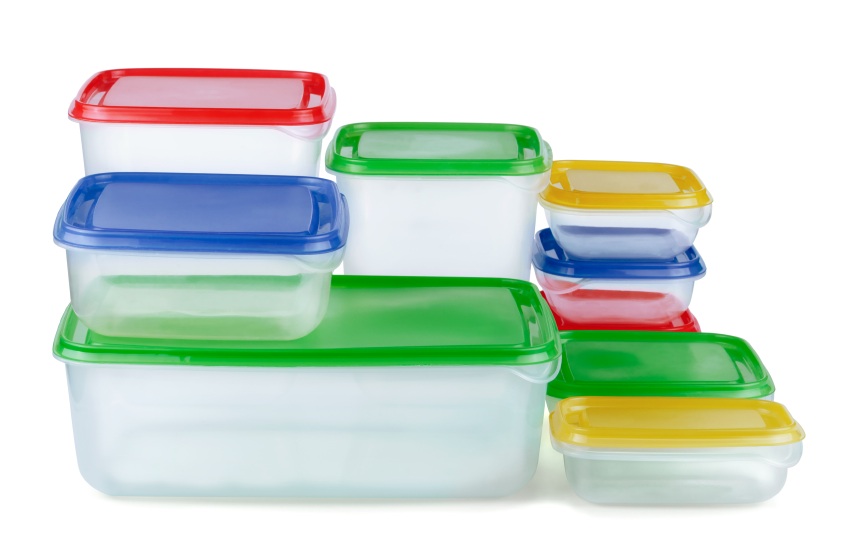Tupperware and Data Segmentation
Does anybody else have the same problem I do? The Tupperware drawer in my kitchen is a complete nightmare. There are containers of all sorts of shapes and sizes, and lids that may or may not match the containers. While a few of the pieces are the same size, others are merely similar and don’t quite stack together neatly. And really, I shouldn’t call it the “Tupperware drawer,” because there’s a mishmash of various storage container brands – which, of course, compounds the stacking problem.
Every so often, the stars align, and I have both the inclination and the free time to tackle the Tupperware drawer (also known as The Drawer), but in the end, it’s a futile endeavor – a couple months later, we’re right back where we started.
I’m convinced, by the way, that The Drawer is in cahoots with The Dryer – because those lids that were once nicely sorted with their containers have an uncanny knack of disappearing on their own. Somewhere those lids are having a party with all the socks that have gotten lost – along with my missing tools.
So, what’s the connection to data segmentation? Effective segmenting is grounded in good data. And good data requires consistent fields to be used for filtering searches. Having too much variation in field-segmentable data elements can impair your ability to segment effectively.
To keep your data in line, follow these best practices:
- Maintain a relatively short set of possible values
- Employ pick lists to help standardize values and coordinate across systems (e.g. Web forms, marketing automation platform, sales force automation platform) so that the same set of values is used in each
- Use a transformation process to snap rogue values to the standard values as soon as they are entered into operational systems (e.g. “IT Mgr” to “IT Manager”)
- Institute an ongoing process for reviewing values to be sure they still reflect the segments that the business cares about
In other words, keep control over the variation in values for fields that hold segmentable data, lest your database turn into something like The Drawer.